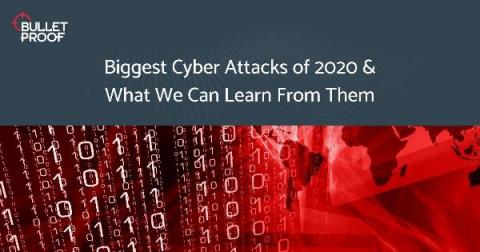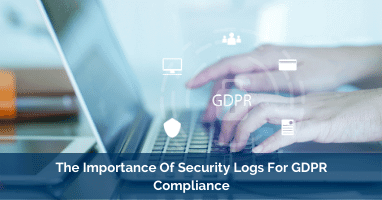Biggest Cyber Attacks of 2020 & What We Can Learn From Them
There’s no doubt that the internet has made almost every element of our lives easier. Virtually everything now has an online presence, from multi-national social media goliaths to your local bakery. Though this has its advantages, it also creates risk. Convenience comes at a cost, and all too often consumers and businesses alike don’t pay enough attention to cyber security until it’s too late.









